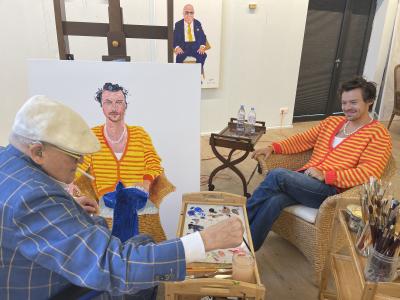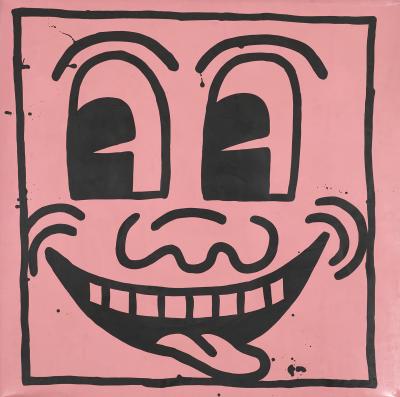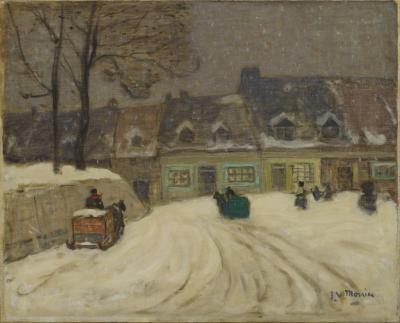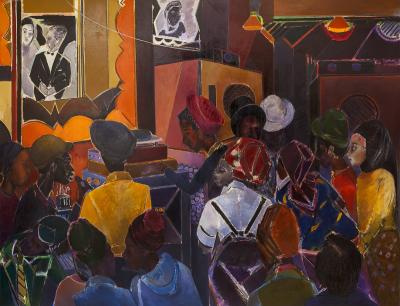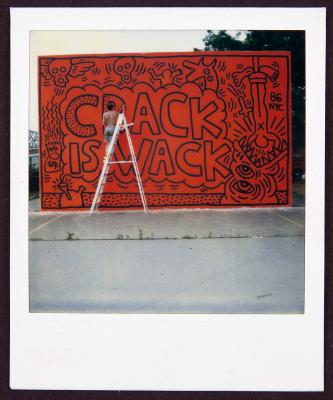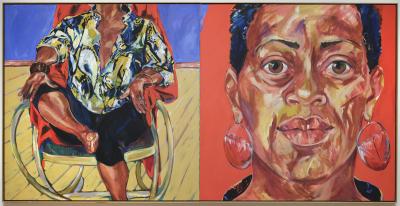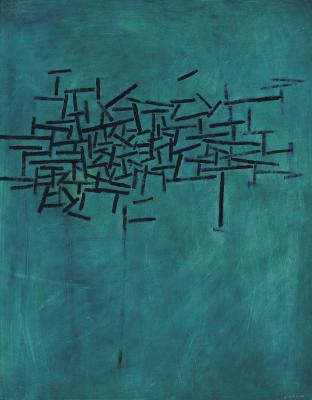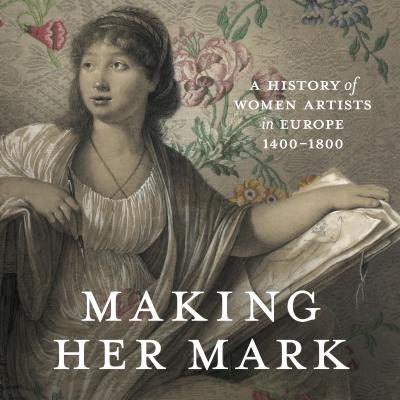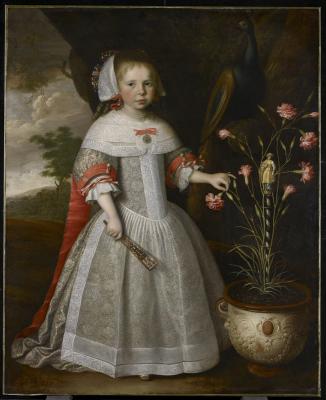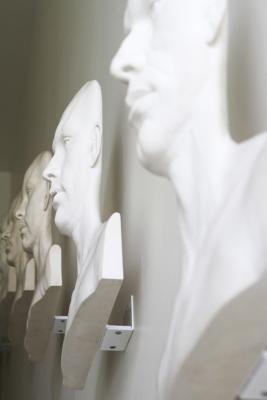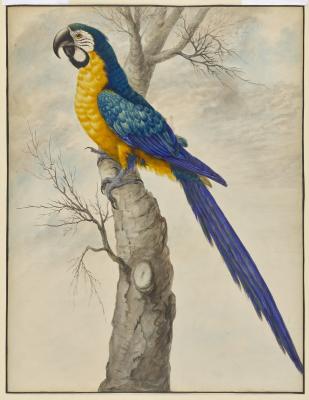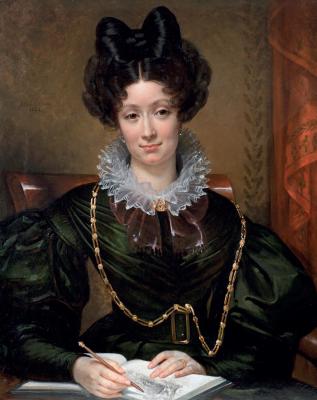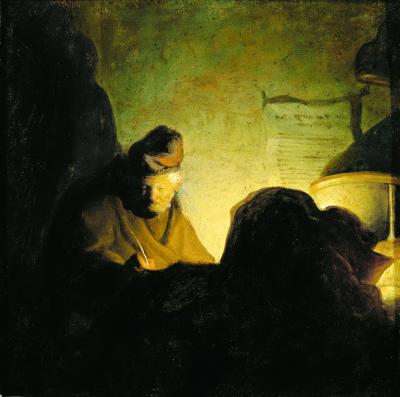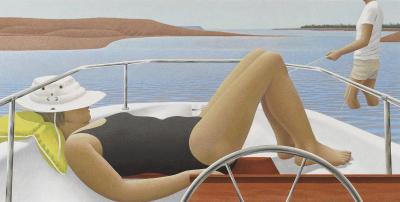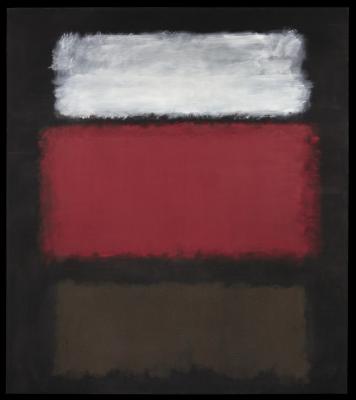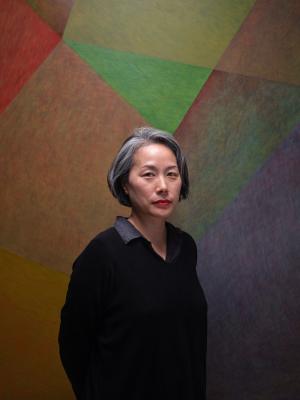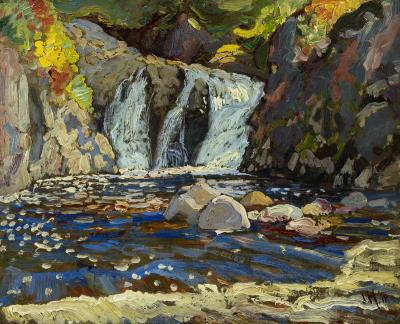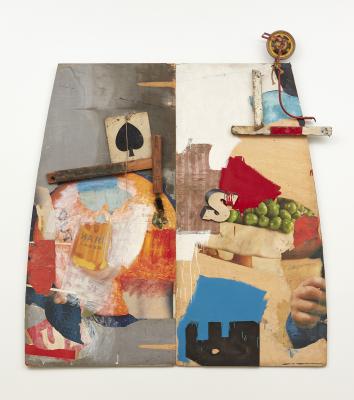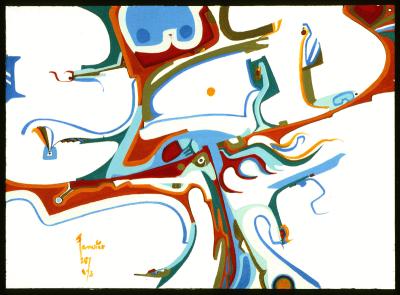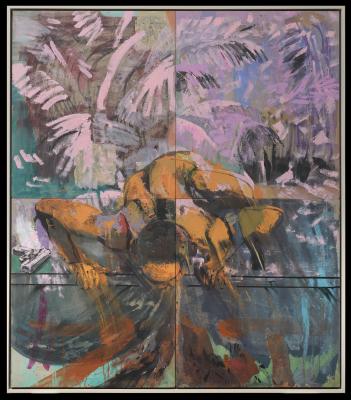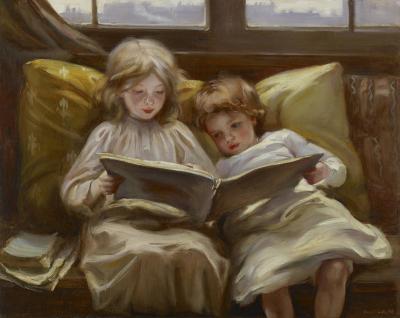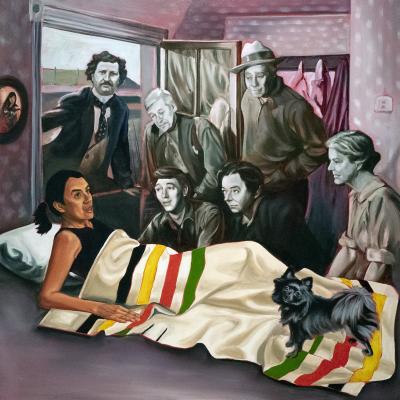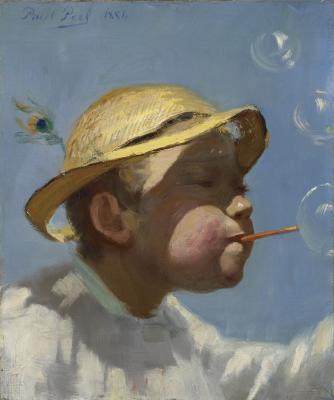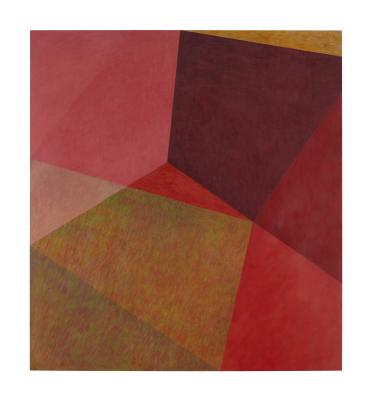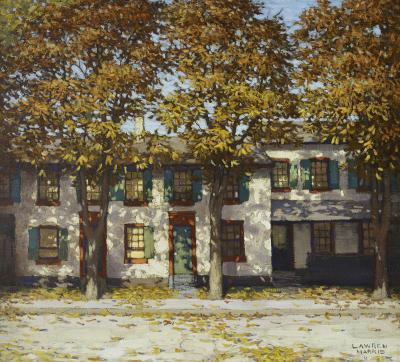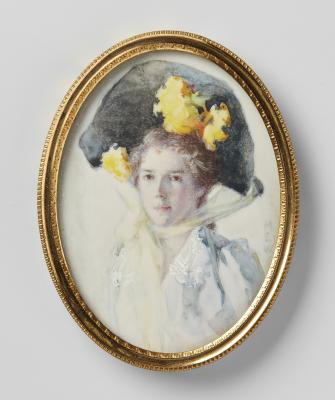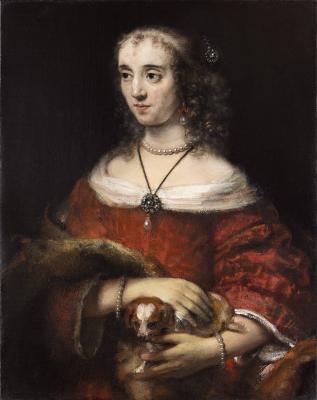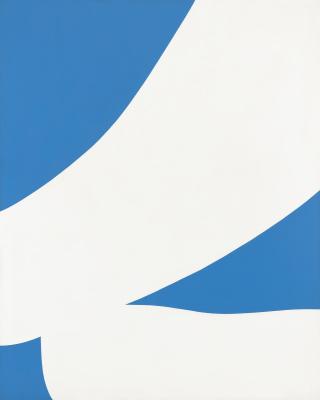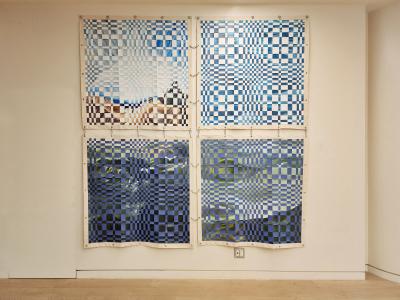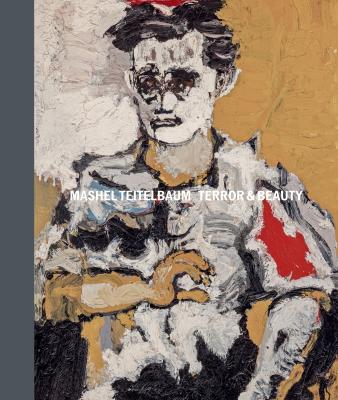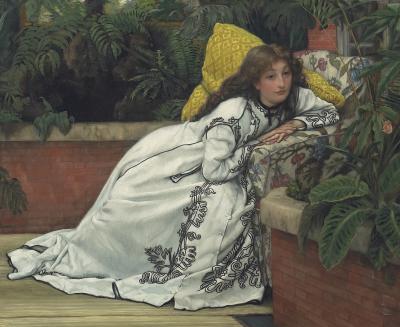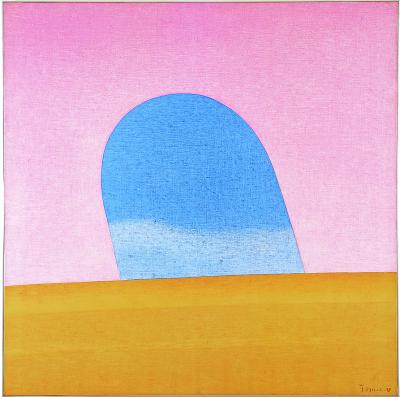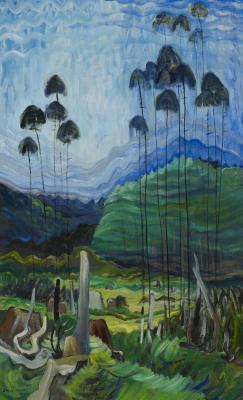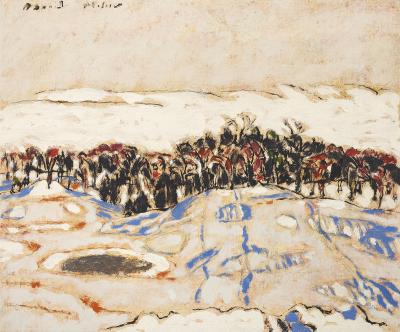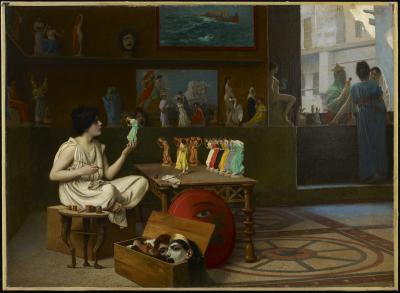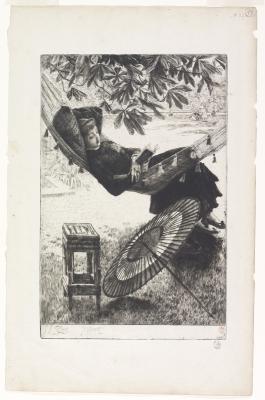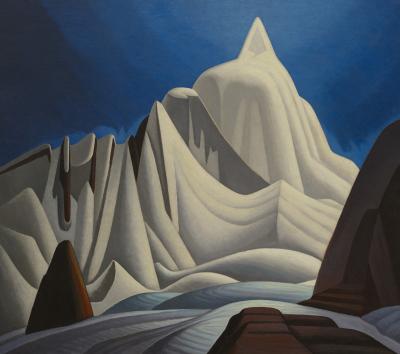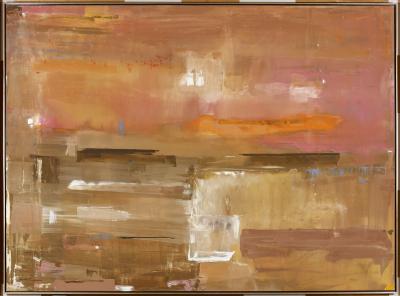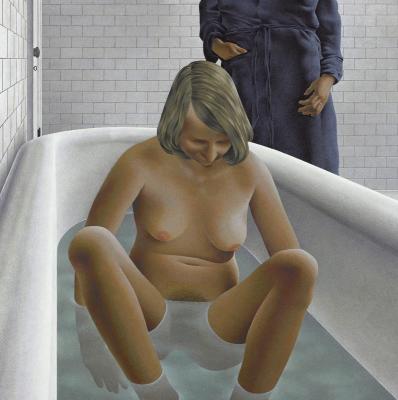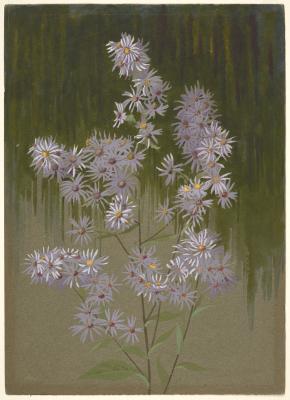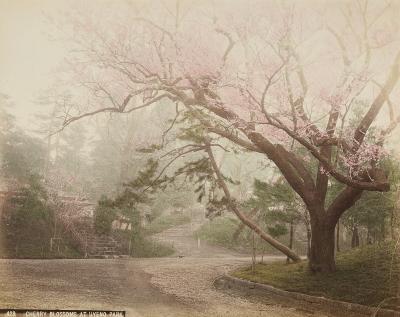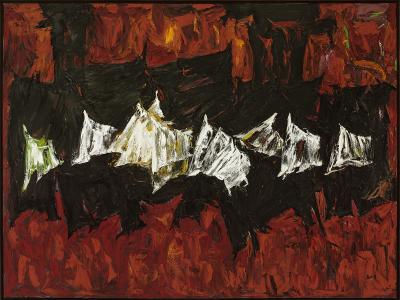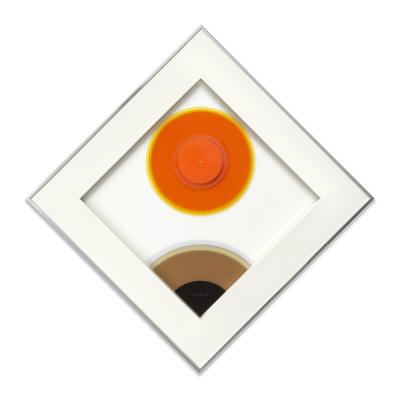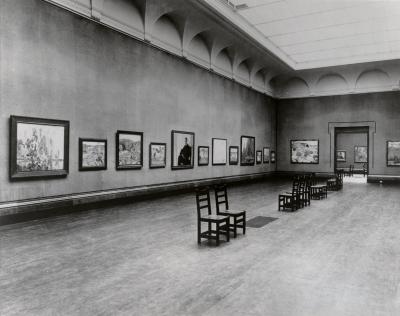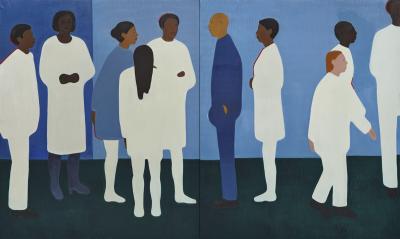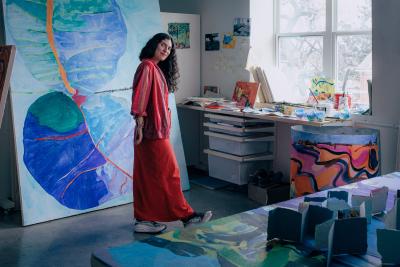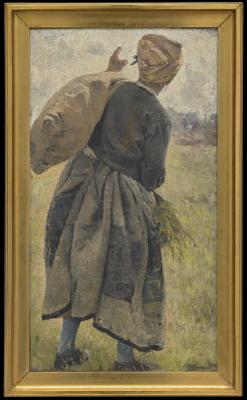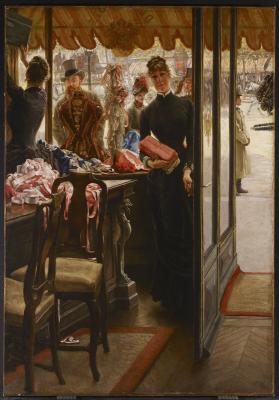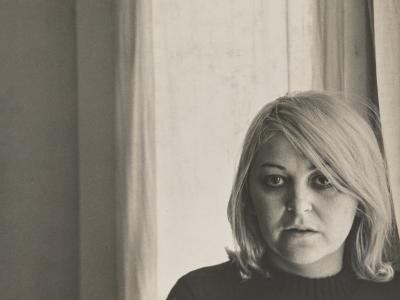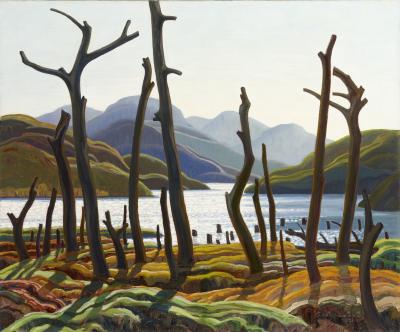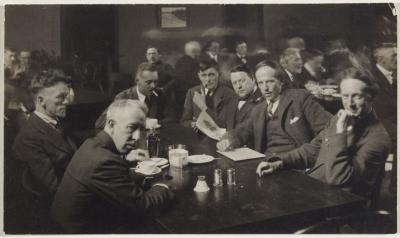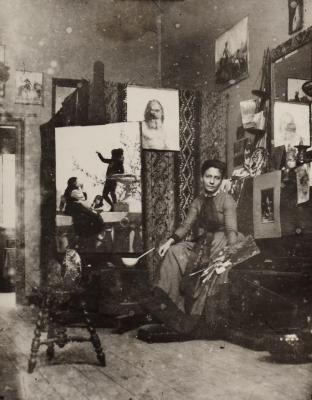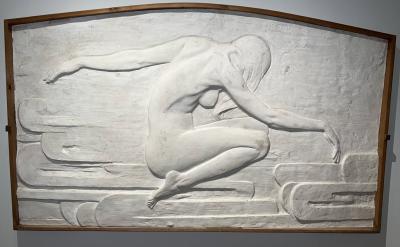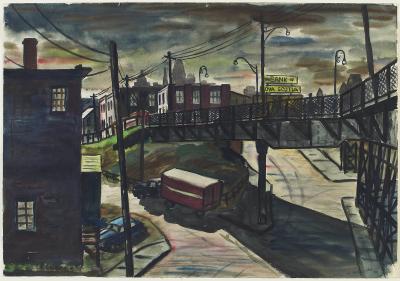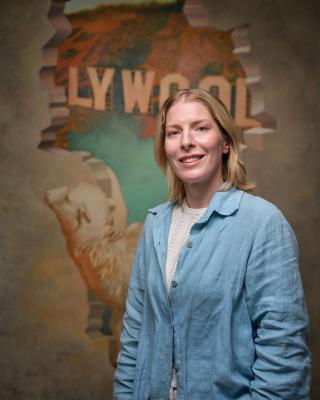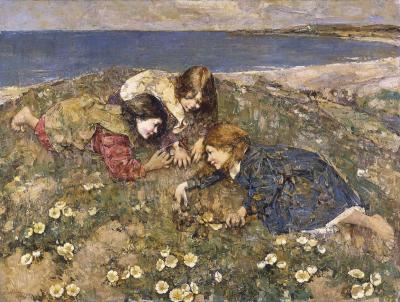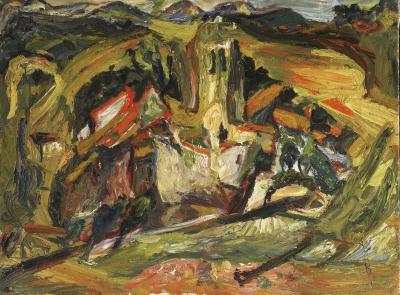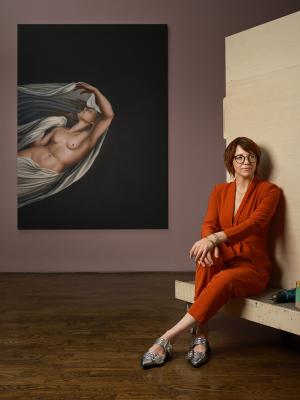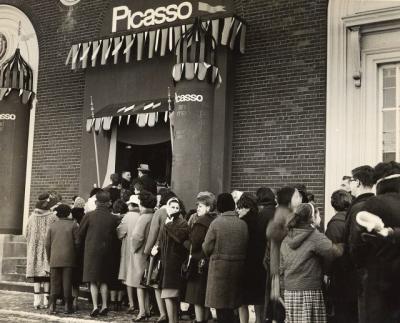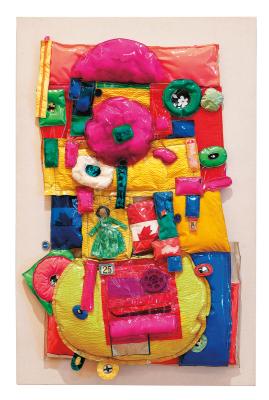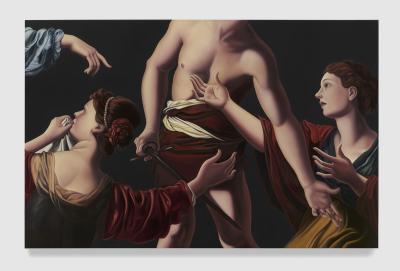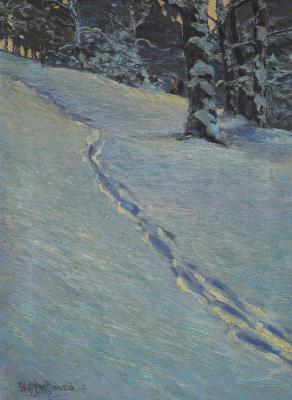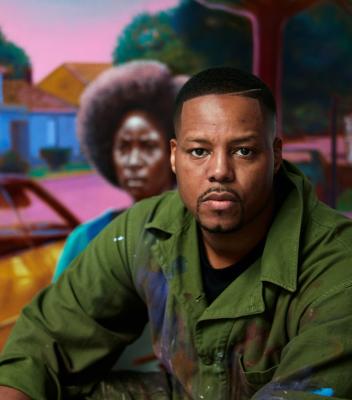Postcard From São Paulo
Explore the work of Japanese Brazilian painter Tomie Ohtake with Paulo Miyada of Instituto Tomie Ohtake
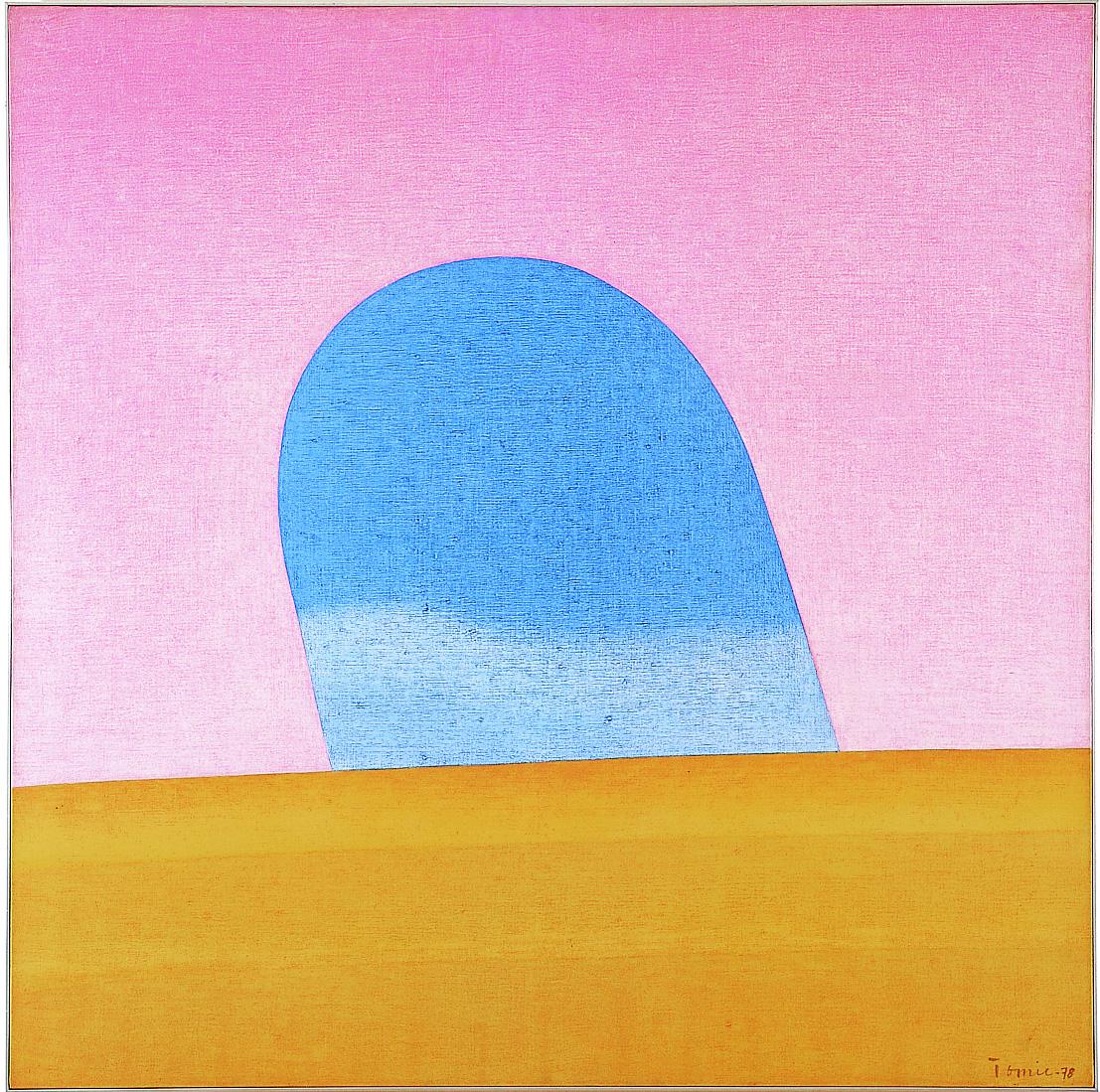
Tomie Ohtake. Untitled, 1978. 100x100cm. Photo Courtesy Instituto Tomie Ohtake.
Tomie Ohtake (1913 – 2015) was born in Kyoto, Japan. In 1936, at the age of 23, she travelled to Brazil to visit family. The outbreak of the Second Sino-Japanese War prevented her from returning to Kyoto and thus, she settled in São Paulo.
Ohtake started painting over a decade later and developed a distinct style and technique. She rejected Brazil’s popular Neo-Concrete movement of the late 1950s. Instead, she created paintings with layers of paint on canvas, often applied with a spray gun. This resulted in rich textures and luminous, deep colours. Beginning her art career at the age of 39, Ohtake went on to become one of Brazil’s most influential and celebrated painters in abstraction.
Ohtake’s work is a part of the AGO exhibition Moments in Modernism, which presents more than 50 works from the AGO’s modern art collection and focuses on the global nature of Modernism --including art from Brazil. A dedicated gallery in the exhibition displays works by Brazilian artists Osmar Dillon, Paulo Roberto Leal, Rubem Valentim and Ohtake.
For this edition of our Postcard series, we reached out to Paulo Miyada, Artistic Director at Instituto Tomie Ohtake to learn more about art movements in Brazil, Ohtake as a key figure in the country and how her namesake museum came to be.
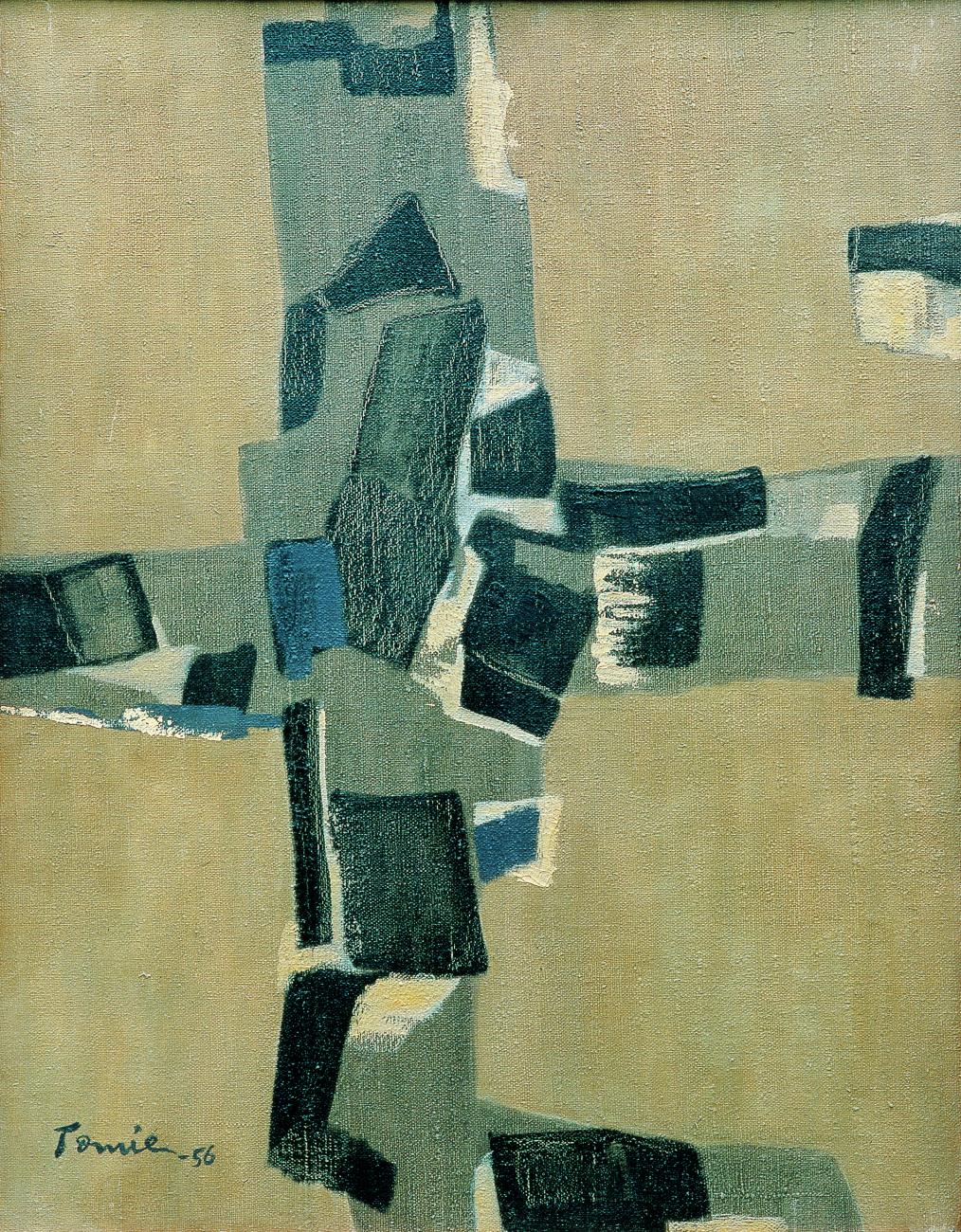
Tomie Ohtake. Untitled, 1956. 65x50cm. Photo courtesy Instituto Tomie Ohtake.
Foyer: Can you describe Ohtake's influence on Brazilian art? What was her impact on the community?
Miyada: Maybe influence is not the best word to describe it, but Ohtake swiftly gained critical acknowledgement after she started painting and exhibiting in the late 1950s. She was deeply committed to an experimental approach to abstract painting and by 1983, when she had her first retrospective at the Museu de Arte de São Paulo Assis Chateaubriand (MASP), she was already widely known by a broader audience. Since then, she began a prolific career as a creator of public sculptures that remain important urban landmarks in Brazilian cities up to date. Eventually, Tomie Ohtake became one of the most preeminent Japanese Brazilian figures in Brazilian society and a well-respected abstract Brazilian artist.
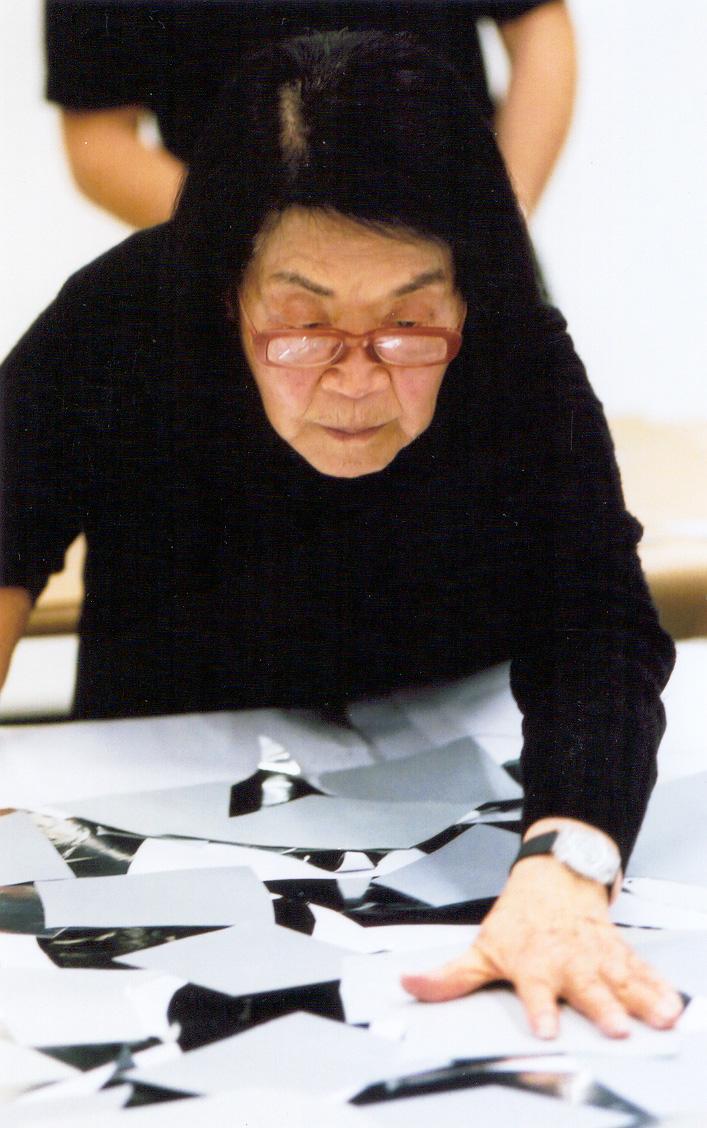
Tomie Ohtake, 2004. Photo Courtesy Instituto Tomie Ohtake.
What was it about her distinct abstract art style and technique that attracted people's attention?
She was devoted to creating a body of work largely based on experimental approaches to pictorial processes and materials. She would not title her works and did not join any formal art movement or sign any manifesto as a way of avoiding the compromise of her artistic freedom and keep the perception of her works open to the audience. She also combined chance and control in a unique way and was a great colourist, having explored a vast and mutable array of color pallets.
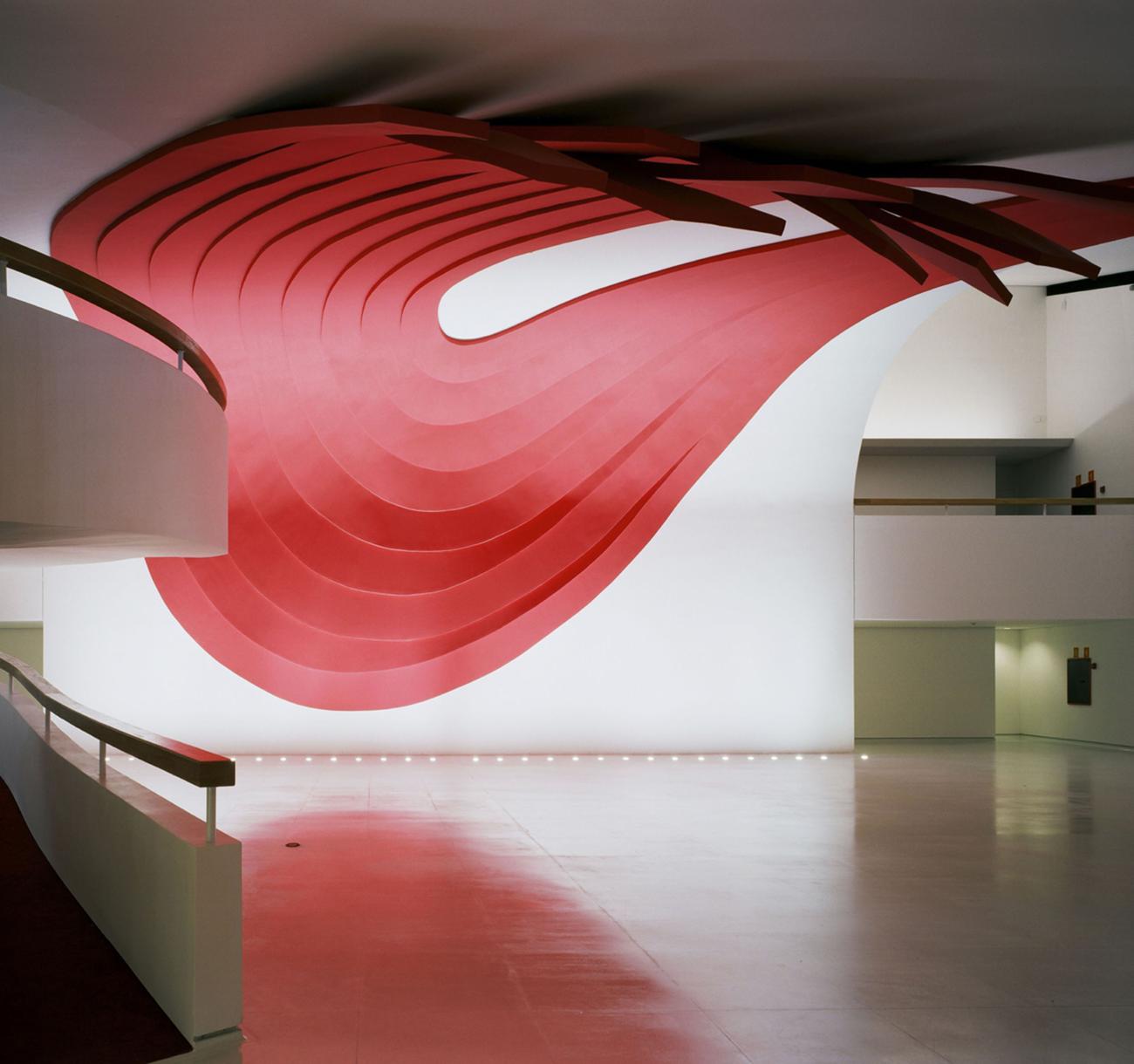
Tomie Ohtake, Teatro Ibirapuera, São Paulo. 2004. Photo Courtesy of Instituto Tomie Ohtake.
What prompted the inception of Instituto Tomie Ohtake?
Instituto Tomie Ohtake is a not-for-profit cultural center that offers entry to exhibitions free of charge, along with public and educational programs. It has been created to honour Ohtake’s legacy by promoting a large array of cultural and artistic expressions, centered on modern and contemporary art and expanding to a transdisciplinary field that include design, architecture, ecology, museology, and education. We keep in mind that Ohtake started painting when she was 39 years old and was an immigrant mother – this pushes us to foster an inclusive and diverse programming.
Since opening in 2001, how has the public responded to the space? Has anything since changed?
Since 2001, Instituto Tomie Ohtake has earned a place in São Paulo’s cultural scene, being acknowledged by its dynamic programming and for its capacity to combine major international shows with research-based programs.
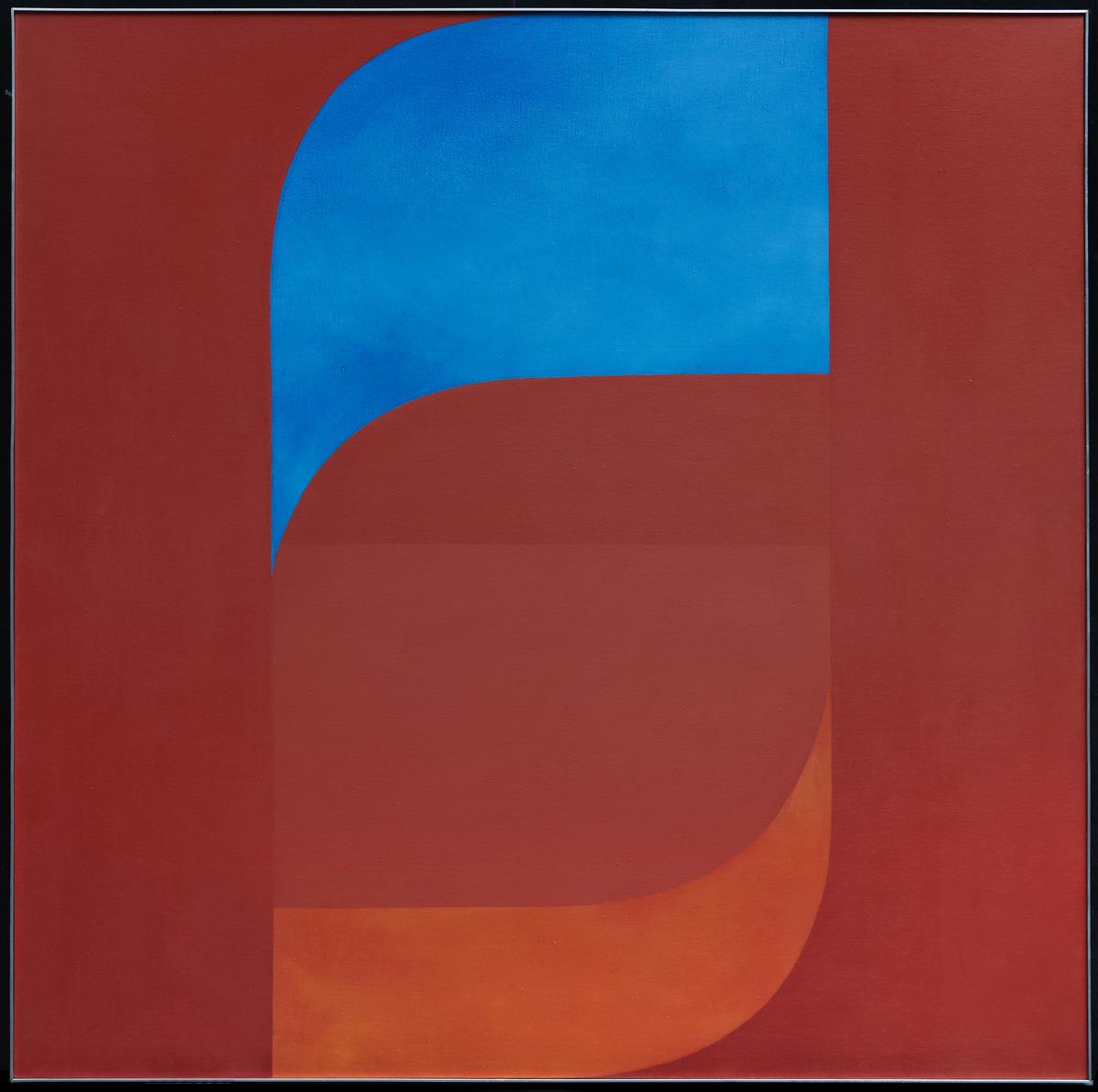
Tomie Ohtake. Opus 3, 1973. Oil on canvas,165.1 x 165.1 cm. Art Gallery of Ontario. Gift of Brascan Limited, 1976. © Instituto Tomie Ohtake. 76/184
The AGO has Ohtake's work, Opus 3 (1973) on view right now. Can you speak about it and relative to her other abstraction works from that time?
During the 1960s, she started making paintings that were based on tiny collages she would produce using cut and ripped colored paper. In the 1970s, she started employing scissors to produce such collage-studies and this resulted in her paintings’ shapes becoming sharp-edged.
This painting is representative not only of this shift but also of the level of accuracy she achieved on her use of colours – the subtle tonal differences between the red areas are mesmerizing, and the oppositional tension between the orange and blue shapes manage to bring visual dynamism to the composition without disrupting its delicate balance. Also worth noting is that while the colour fields are hard-edged, their surfaces are not entirely homogeneous as she chose to preserve the pictorial traces that reveal her gestures and add to the atmospheric unity of the work.
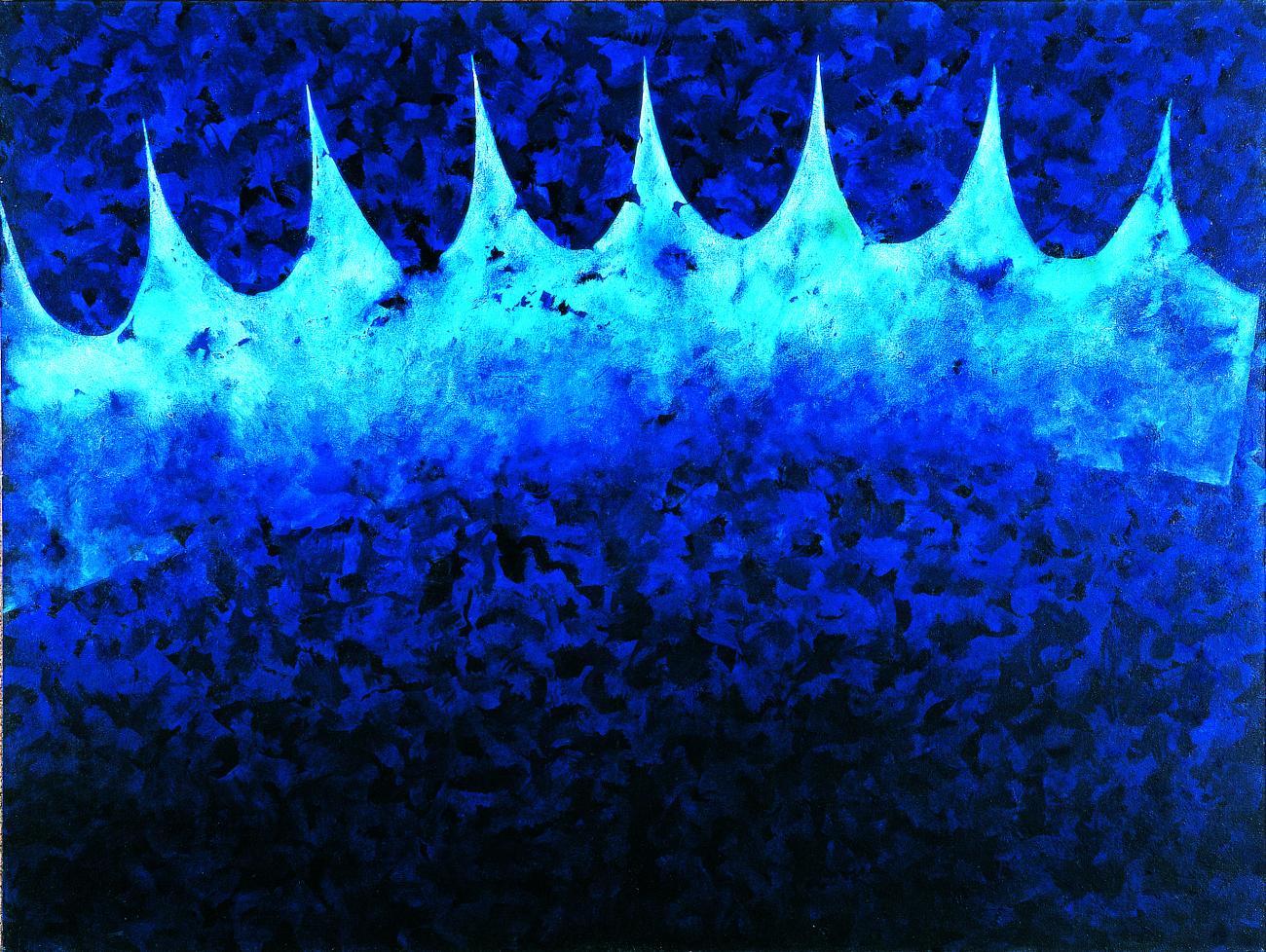
Tomie Ohtake. Untitled, 1994.150x200cm. Photo courtesy Instituto Tomie Ohtake.
Visit here for more information on Instituto Tomie Ohtake, and follow the museum on Instagram @institutotomieohtake. Ohtake’s painting Opus 3 (1973) is on view on Level 4 as part of Moments in Modernism at the AGO. The exhibition is co-curated by Debbie Johnsen, Assistant Curator, Contemporary Art, and Stephan Jost, Michael and Sonja Koerner Director, and CEO. Moments in Modernism features work that will form the cornerstone for the expansion of the new Dani Reiss Modern and Contemporary Gallery. The new building is being designed by architects Diamond Schmitt, Selldorf Architects and Two Row Architect to showcase the AGO's growing collection of modern and contemporary art.
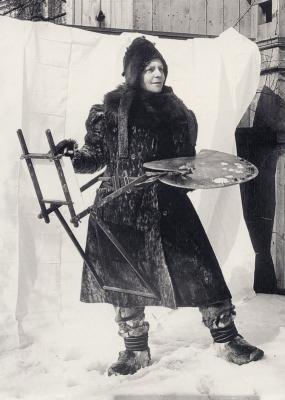
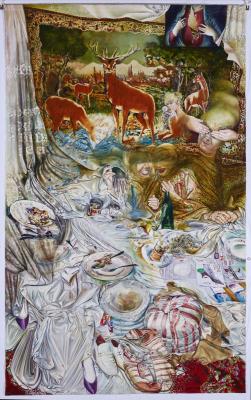
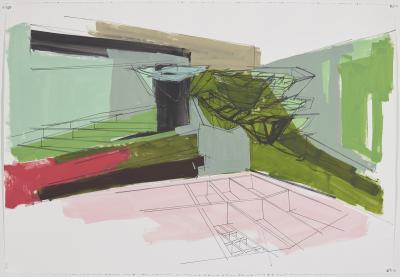
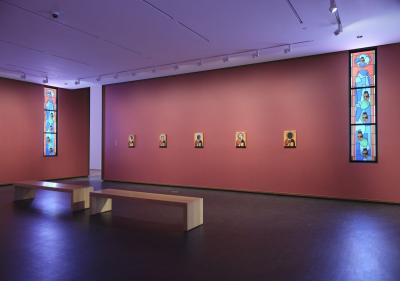
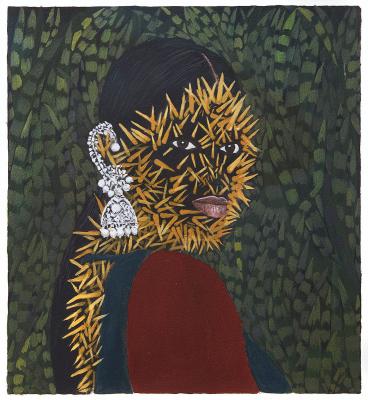
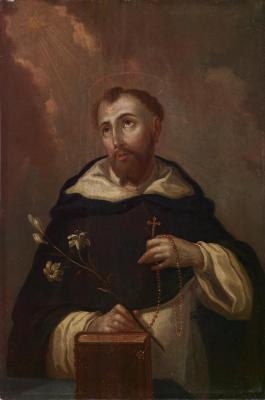
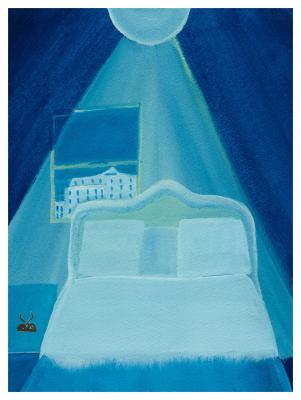
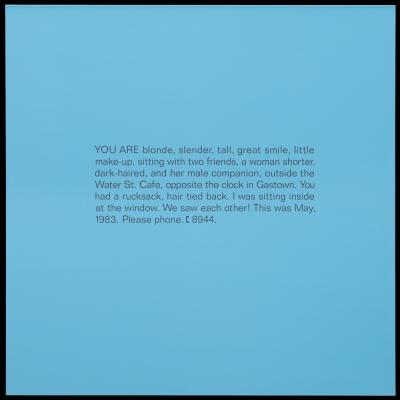
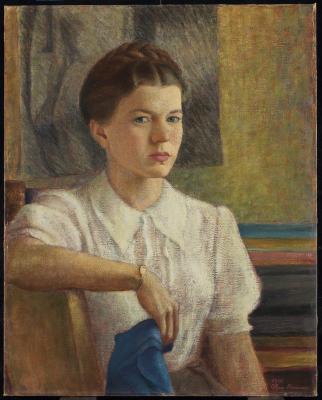
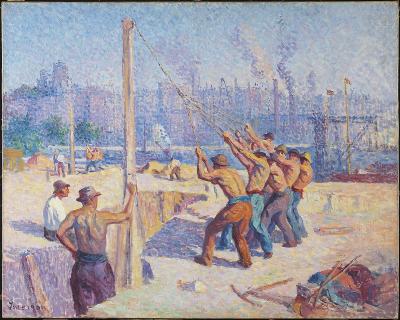
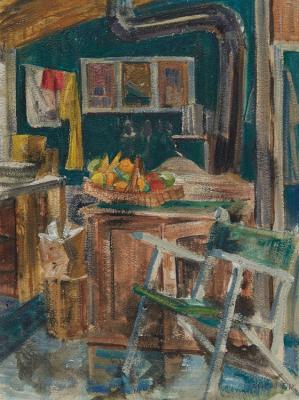
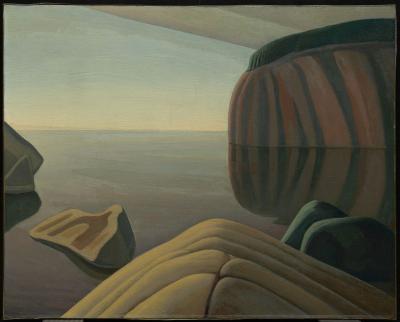
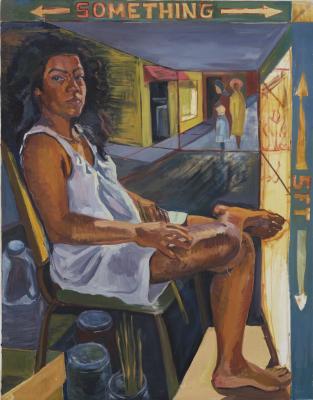
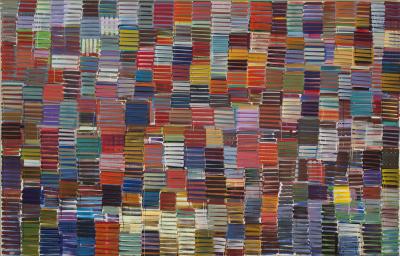
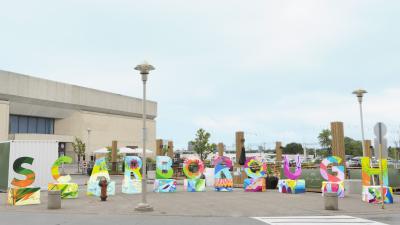
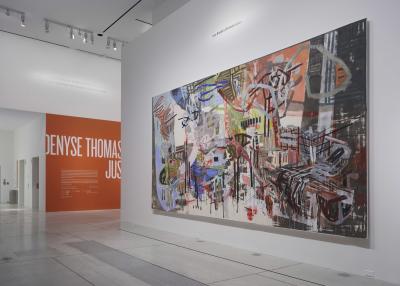
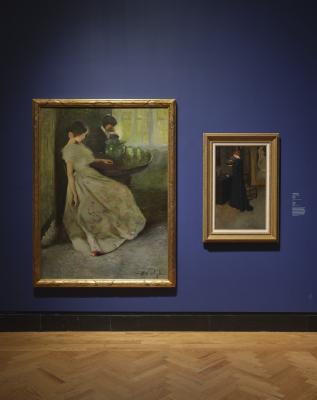
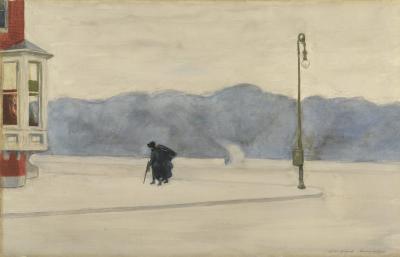
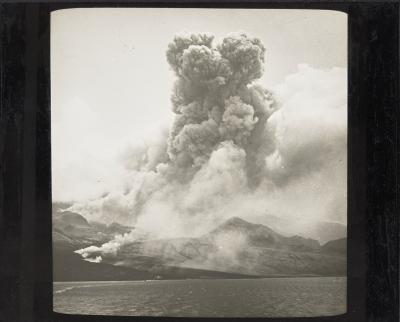
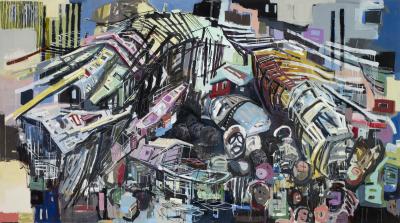
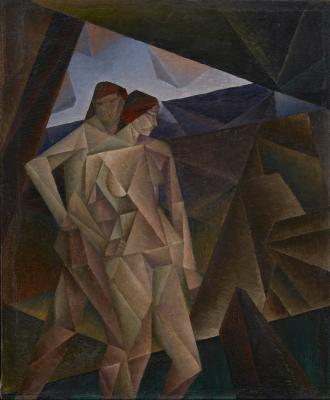
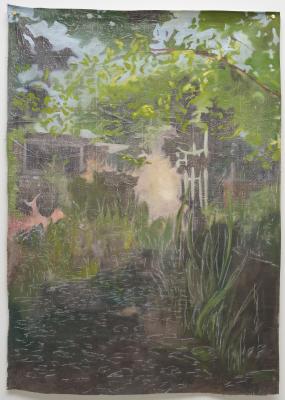
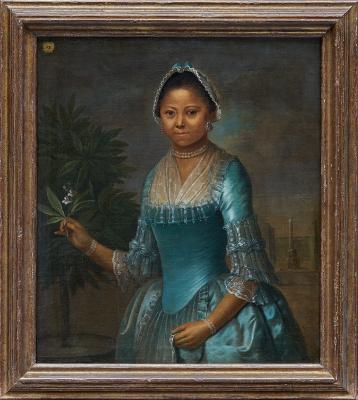
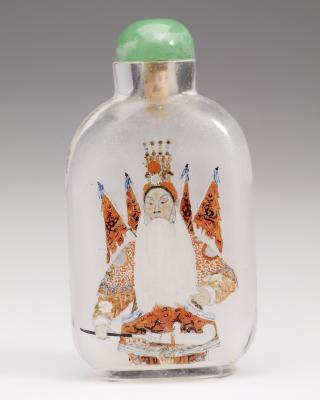
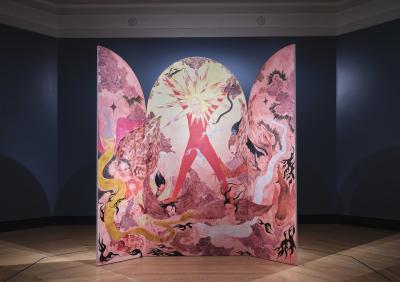
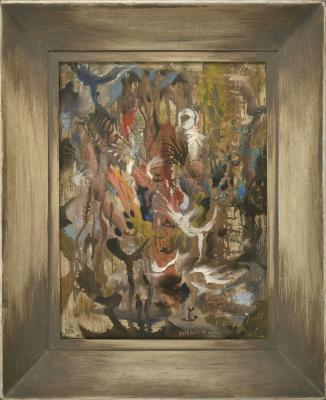
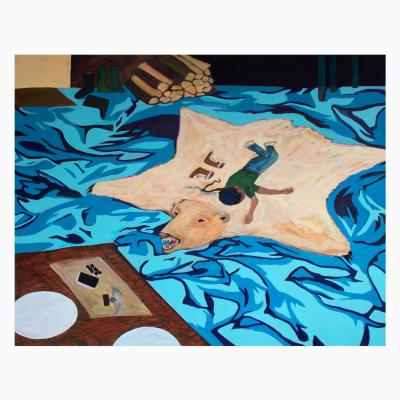
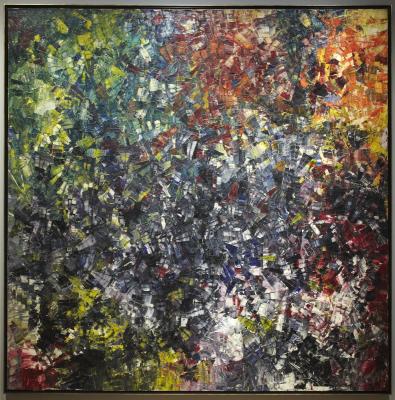
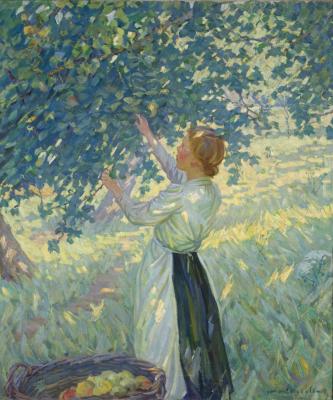
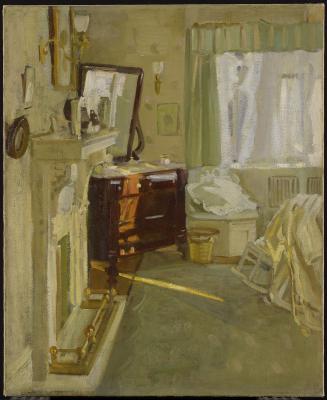
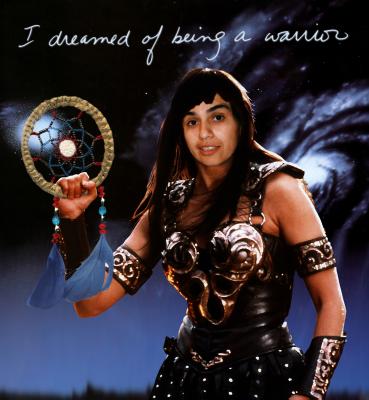
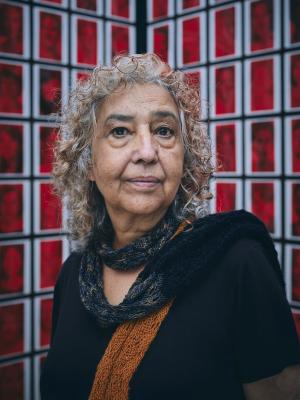
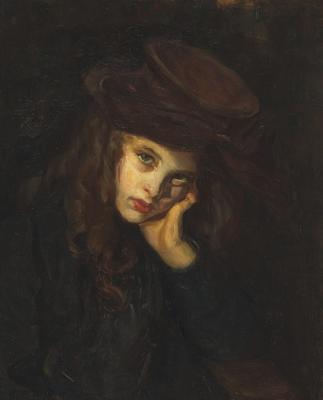
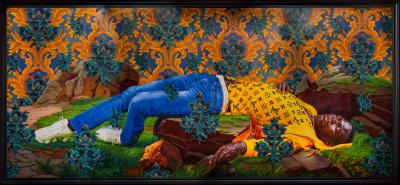
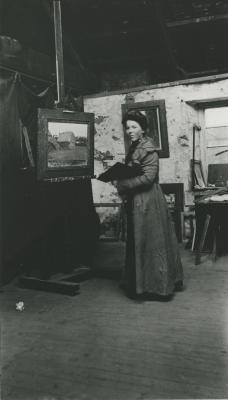
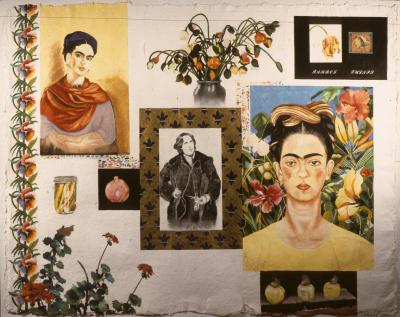
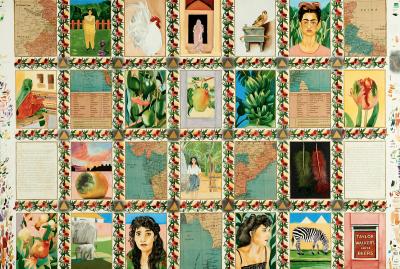
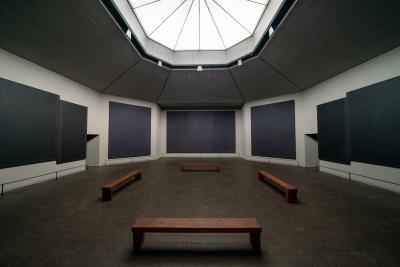

![Keith Haring in a Top Hat [Self-Portrait], (1989)](/sites/default/files/styles/image_small/public/2023-11/KHA-1626_representation_19435_original-Web%20and%20Standard%20PowerPoint.jpg?itok=MJgd2FZP)
